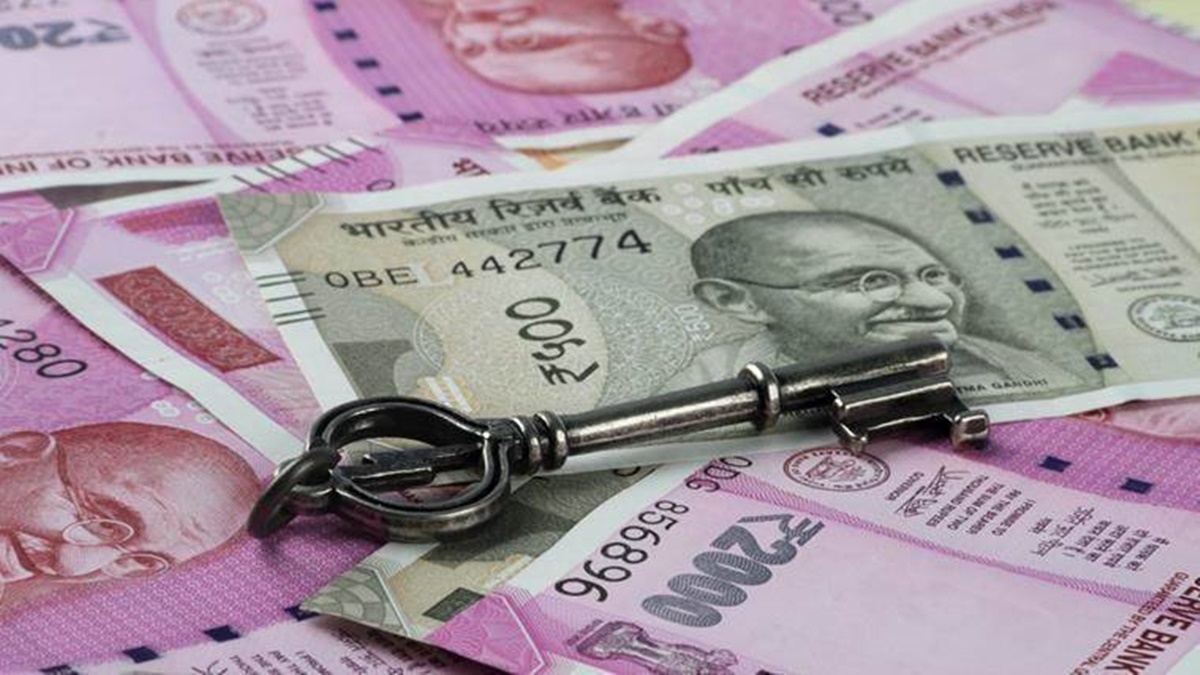For the debt market, the government announces a safety buffer of Rs. 30,000 crore

For the debt market, the government announces a safety buffer of Rs. 30,000 crore
The scheme would give investors in the corporate debt market a stability cushion and aid mutual funds and other companies selling debt schemes in aggressively pitching their products.
To stabilise the markets, the government announced on Thursday a plan to create a Rs 30,000 crore Corporate Debt Market Development Fund (CDMDF) that will serve as a safety net by buying corporate debt securities when there is market volatility. In this regard, the action followed a budget release for FY22.

The plan would give corporate debt market investors a cushion of stability and aid mutual funds and other companies selling debt schemes in aggressively pitching their products.
According to the finance ministry, the guarantee would cover CDMDF’s debt, accumulated interest, and other bank fees, although it has a cap of Rs 30,000 crore.
A Sebi-regulated alternative investment fund called the CDMDF can raise debt ten times its corpus. The Fund will be established once mutual fund AMCs and specific debt-oriented MF schemes contribute.
When markets become dislocated, they stop appropriately evaluating or pricing assets relative or absolute, frequently resulting in panic selling or increased redemption pressure. After investors started withdrawing in 2022, Franklin Templeton India was forced to close six debt funds because the fund firm could not sell its debt holdings quickly enough to fulfil the demand.

The Department of Economic Affairs (DEA) will create a trust fund called the Guarantee Fund for Corporate Debt (GFCD), which will be administered by National Credit Guarantee Trustee Company Ltd. The Scheme’s goal is to offer 100% guarantee protection against debt that CDMDF has raised or plans to issue.
The programme would initially last 15 years from the CDMDF’s original closing date, with an option for an extension at the DEA’s discretion after consulting with SEBI.
DEA Secretary would be the chairman of the GFCD’s six-member managing committee.
According to SEBI regulations, the listed debt-oriented MF Schemes and AMCs must make an obligatory contribution to the Fund. According to their AUM as of August 31, 2022, specific debt-oriented MF Schemes must contribute 25 bps of their AUM to the Fund (about Rs 3,005 crore). AMCs must provide a single contribution equal to 2 basis points of the AUM of the designated debt-oriented MF schemes.

Additionally, based on the AUM at the end of the financial year after the one in which the specified schemes are launched, AMCs of new MFs must also provide a one-time contribution equal to 2 bps of their designated debt-oriented MF schemes.
The Fund could borrow money from banks, the bond market, or the repo market with a leverage ratio of up to 10, with NCGTC guaranteeing the loan up to a maximum of Rs 30,000 crore.
The government announced creating a Backstop Facility for corporate debt instruments in the Budget 2021–22 to expand the corporate debt market in India.
It is suggested to establish a permanent institutional structure to boost secondary market liquidity generally and inspire trust among corporate bond players during stressful periods. According to the finance minister, the proposed entity would buy investment-grade debt instruments in both stressful and unstressed situations and contribute to the growth of the bond market.

In an epoch-making move, the Government of India announced a safety buffer of Rs 30,000 crore for the debt market in 2023. This announcement, one of the most significant recent financial reforms, is aimed at strengthening the debt market by increasing its resilience to shocks and managing risks. This article takes a comprehensive look into the measure’s implications, its potential impact on various stakeholders, and its role in solidifying India’s financial landscape.
The Indian debt market has traditionally been highly reliant on the banking system. However, in light of some recent financial crises, there’s been a pressing need to diversify the sources of debt financing. Simultaneously, there’s an increasing requirement to reduce systemic risk and increase market transparency. To tackle these concerns and establish a more secure and resilient market environment, the government has announced a safety net of Rs 30,000 crore specifically for the debt market.
The safety buffer of Rs 30,000 crore refers to a financial cushion earmarked by the government to mitigate potential systemic risks in the debt market. It’s a contingency fund designed to absorb shocks resulting from unforeseen market disturbances. This measure fortifies the debt market against potential threats and enhances investor confidence by introducing a layer of financial security.
For investors, this safety buffer offers additional security against default risk. This assurance could stimulate further investment in debt instruments, deepening the market. It also strengthens their confidence in the regulatory framework, leading to increased market participation.
For debt issuers, the safety buffer promotes a more stable environment to raise debt, ensuring that market volatility does not unduly influence their cost of borrowing.

Moreover, this Fund’s existence adds to the overall stability of the Indian financial system, indirectly benefiting other financial intermediaries like banks, insurance companies, and mutual funds.
From a macroeconomic perspective, this safety buffer can significantly strengthen the stability of India’s financial system. The measure could lead to an increase in the issuance of corporate bonds, supporting infrastructure investment and economic growth. It can also contribute to reducing the cost of capital for corporations and governments.
Furthermore, a robust and stable debt market is fundamental to efficient economic resource allocation. By providing a safety buffer, the government clearly signals its commitment to reinforcing this essential financial institution.
While the safety buffer is a positive step towards increasing market stability, it should be complemented by further reforms. These could include measures to improve transparency, foster market liquidity, and strengthen the regulatory and supervisory framework for the debt market.

The safety buffer of Rs 30,000 crore is a milestone in the government’s efforts to bolster the Indian debt market. While its introduction has been widely lauded, it must form part of a comprehensive package of reforms to enhance market transparency, liquidity, and investor protection. Despite challenges, the move signifies a significant step towards India’s more robust, resilient, and thriving debt market.




